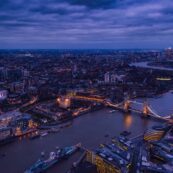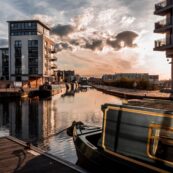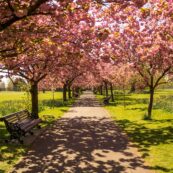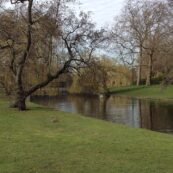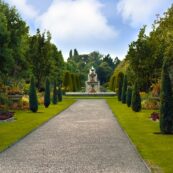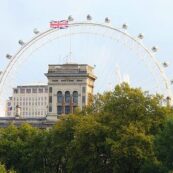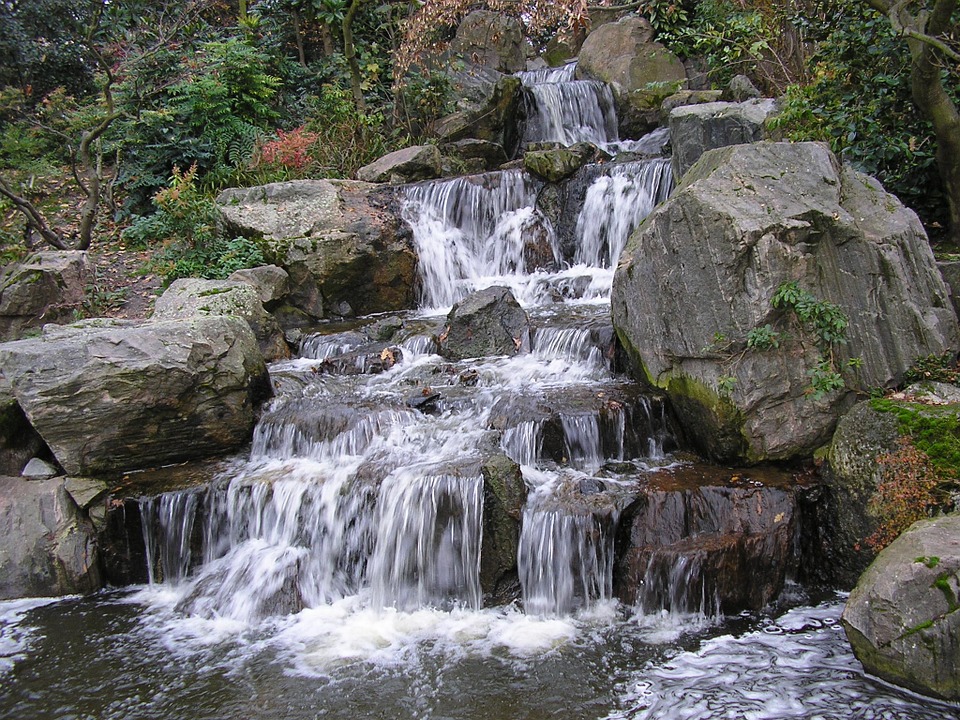
Holland Park
The ancient park in the heart of London, now occupying more than 20 hectares, was opened in 1952 on the lands of Baron Holland’s estate. In modern times, the park area includes only half of the territory that previously surrounded the lord’s mansion.
A little bit of history
According to historical records, in 1802 the beauty of this wonderful park was appreciated by Bonaparte, the Emperor of France, who was visiting the Holland estate at the time . After World War II, the park became a municipal park and the mansion was converted into a hotel.
Holland Park today
Holland Park, with its secluded flowering alleys, is best suited for romantic strolls. You will have the feeling that you are walking in a real forest, where you can meet all kinds of animals and birds.
The park is famous for its unique Dutch and iris gardens, grown since the century before last. There is an opera house on the territory. In warm weather there are outdoor performances and exhibitions. Up to 50 performances are offered to visitors each year.
The park impresses with its collection of oaks, which includes two thousand red oaks. Here you can meet proud peacocks and feed curious squirrels from your hands.
Townspeople walk their dogs, picnic on the lawns, and play sports. There are playgrounds equipped for towns and cricket. The soccer and golf courses are rarely empty.
Dutch Garden
The Dutch Garden is surrounded by smooth hedges and is a rectangular area with a geometric layout. The smooth pedestrian paths are framed with boxwood borders, behind which bright flowers and classic garden sculptures delight the eye. Cozy benches encourage relaxation.
Iris garden
The iris garden is separated from the rest of the grounds by a gallery wrapped in lianas, just behind which is the rose garden. When the irises are in bloom, it attracts a lot of visitors. The beautiful, round-shaped pond with its original fountain by William Pye deserves a special mention.
Japanese Rock Garden
Holland Park’s most popular and original place is rightfully considered a rock garden, given to the city in the early nineties by Japanese landscapers. The highlight of the garden was an artificial pond with an island in the shape of a turtle. An original waterfall made of huge boulders drops a sparkling stream of water into the pond.
Traditional Japanese lanterns, graceful stone bridge, fences made of twisted ropes give the place a unique Japanese flavor. Tourists with cameras are most common here.
